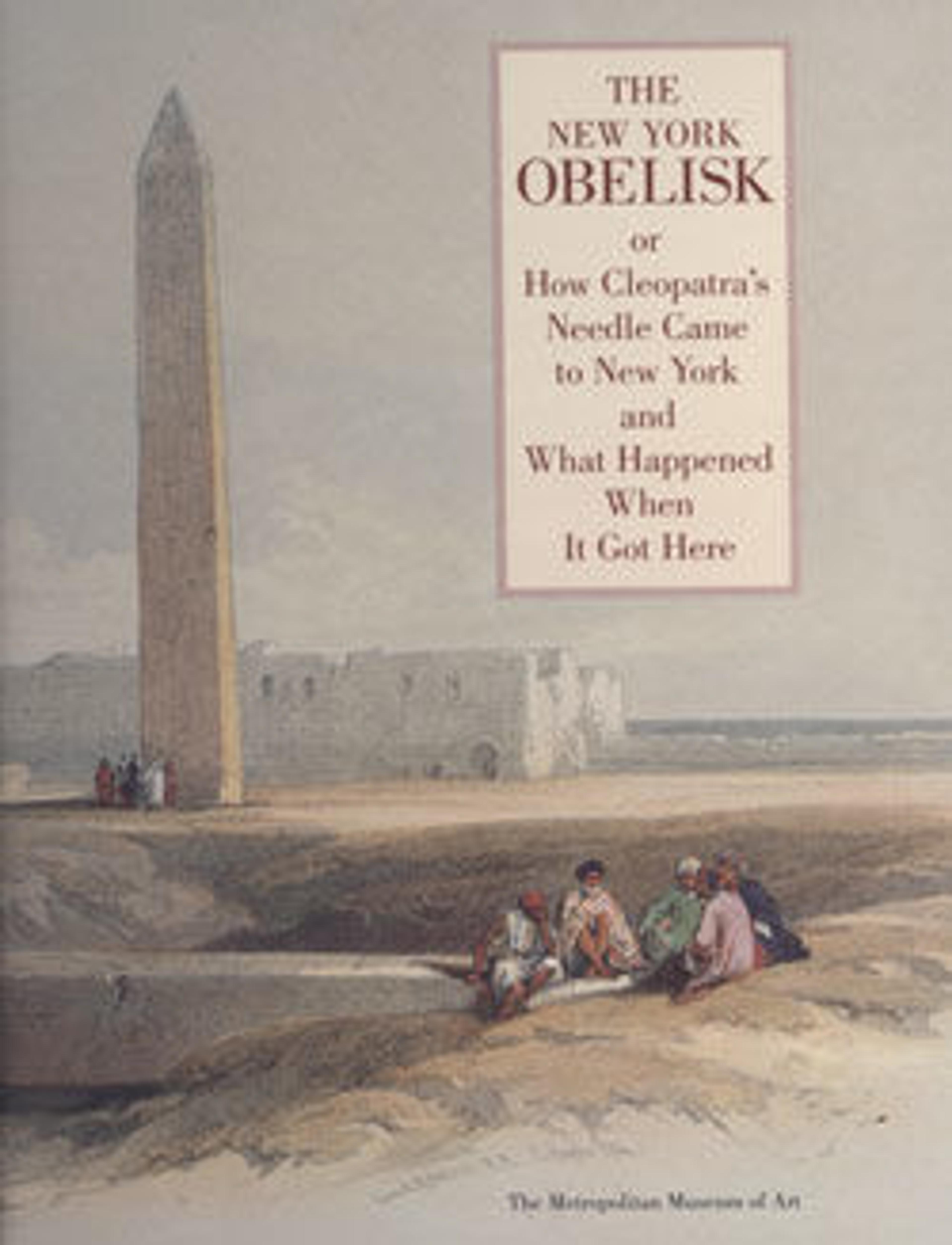Crab from "Cleopatra's Needle"
The two bronze crabs (81.2.1 and 81.2.2) are from a set of four originally used in Roman times as supports for the broken corners of the obelisk that now stands in Central Park. Thutmose III erected the obelisk about 1443 B.C. in Heliopolis, now part of modern Cairo. It was re-inscribed by Ramesses II and later moved to Alexandria by the Romans, who inserted the crabs when they re-erected it.
The Roman crabs were replaced with newly cast substitutes in 1881 when the obelisk was moved to New York and placed in Central Park behind The Metropolitan Museum of Art. The originals were given to the Museum by Lieutenant Commander Henry H. Gorringe, who brought the obelisk to New York; the obelisk itself was a gift from Egypt to the City of New York.
The claw of 81.2.2 has an inscription in Latin on the inside and one in Greek on the outside. Both state that the Roman prefect Barbarus and the architect Pontius re-erected the obelisk in Alexandria during the eighteenth year of an emperor, probably Augustus, who also built the Temple of Dendur.
The Roman crabs were replaced with newly cast substitutes in 1881 when the obelisk was moved to New York and placed in Central Park behind The Metropolitan Museum of Art. The originals were given to the Museum by Lieutenant Commander Henry H. Gorringe, who brought the obelisk to New York; the obelisk itself was a gift from Egypt to the City of New York.
The claw of 81.2.2 has an inscription in Latin on the inside and one in Greek on the outside. Both state that the Roman prefect Barbarus and the architect Pontius re-erected the obelisk in Alexandria during the eighteenth year of an emperor, probably Augustus, who also built the Temple of Dendur.
Artwork Details
- Title: Crab from "Cleopatra's Needle"
- Period: Roman Period
- Date: 13 B.C.
- Geography: From Egypt, Alexandria Region, Alexandria
- Medium: Bronze
- Dimensions: H. 20 × W. 60 × D. 37.5 cm (7 7/8 × 23 5/8 × 14 3/4 in.)
- Credit Line: Gift of Henry H. Gorringe, 1881
- Object Number: 81.2.1
- Curatorial Department: Egyptian Art
More Artwork
Research Resources
The Met provides unparalleled resources for research and welcomes an international community of students and scholars. The Met's Open Access API is where creators and researchers can connect to the The Met collection. Open Access data and public domain images are available for unrestricted commercial and noncommercial use without permission or fee.
To request images under copyright and other restrictions, please use this Image Request form.
Feedback
We continue to research and examine historical and cultural context for objects in The Met collection. If you have comments or questions about this object record, please complete and submit this form. The Museum looks forward to receiving your comments.
